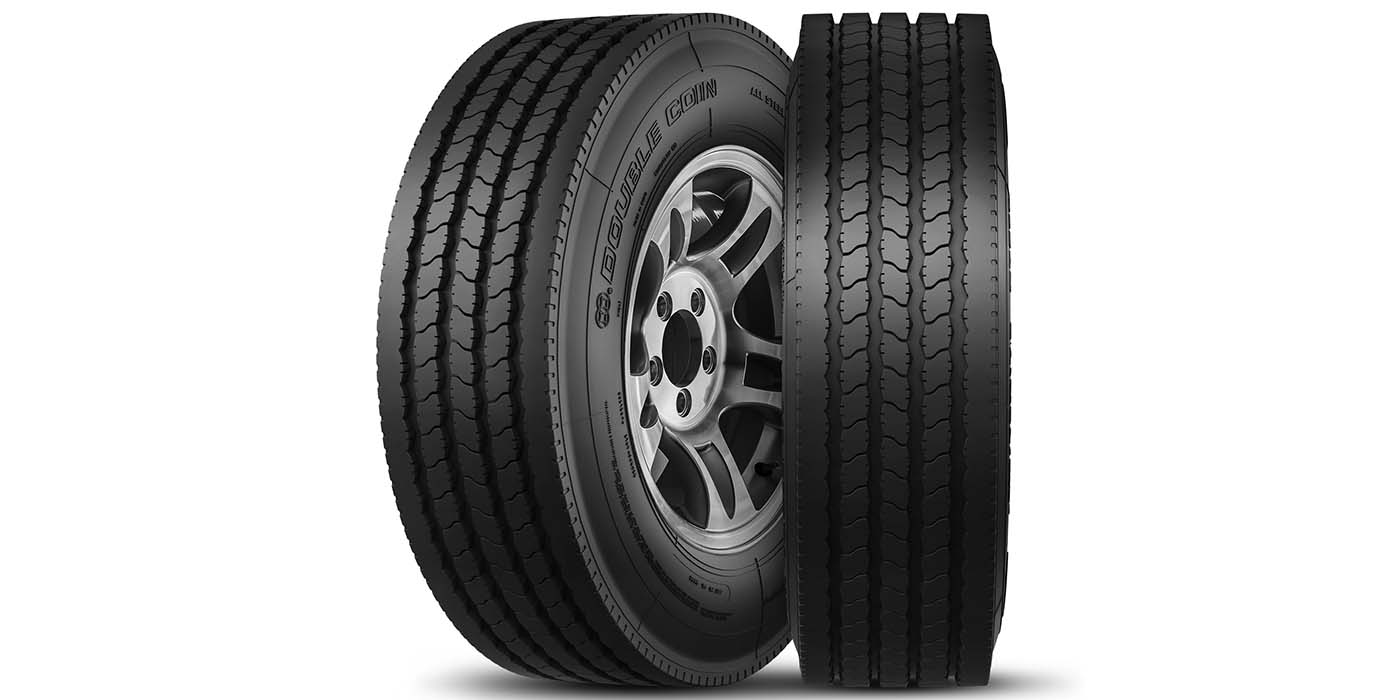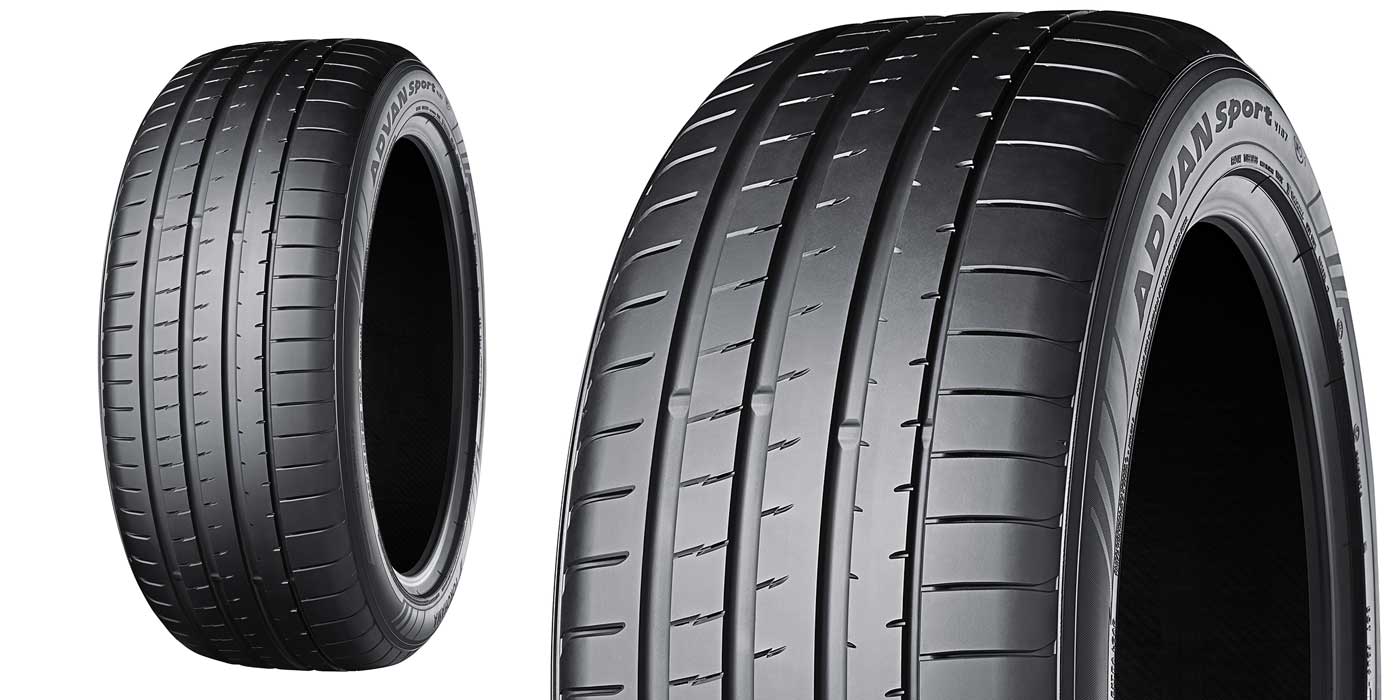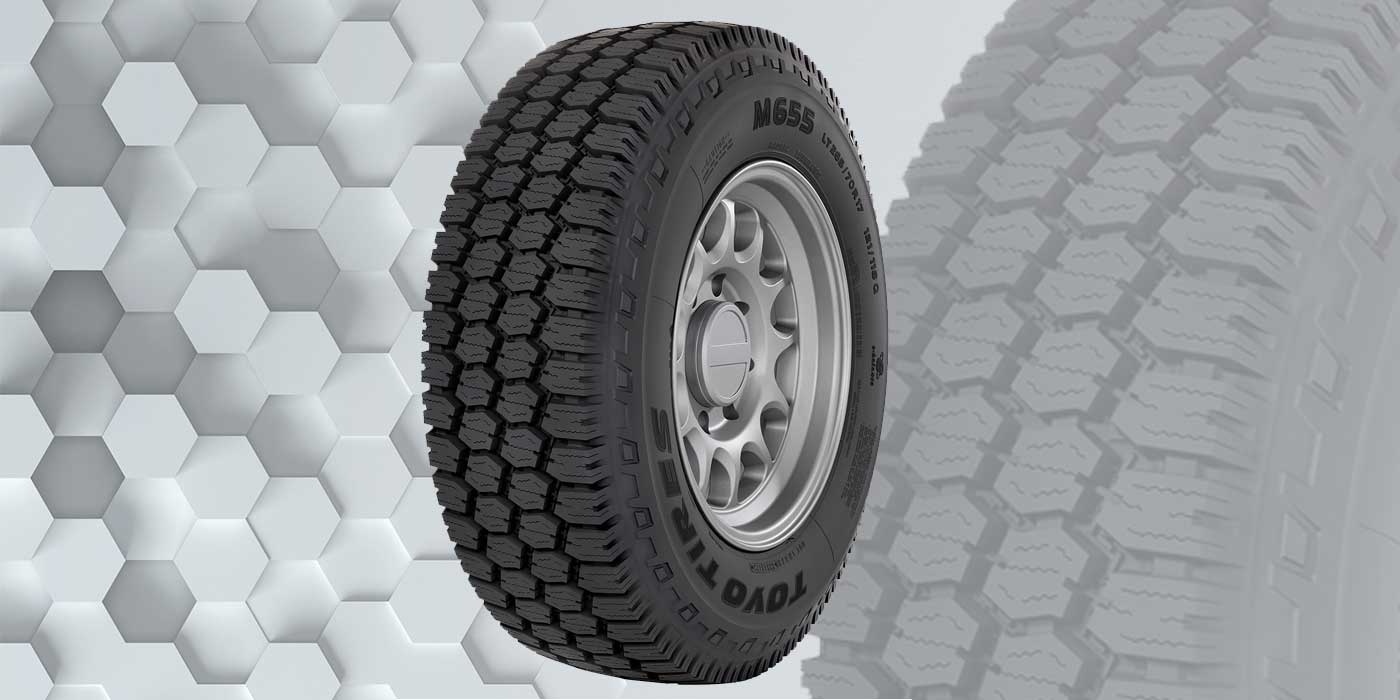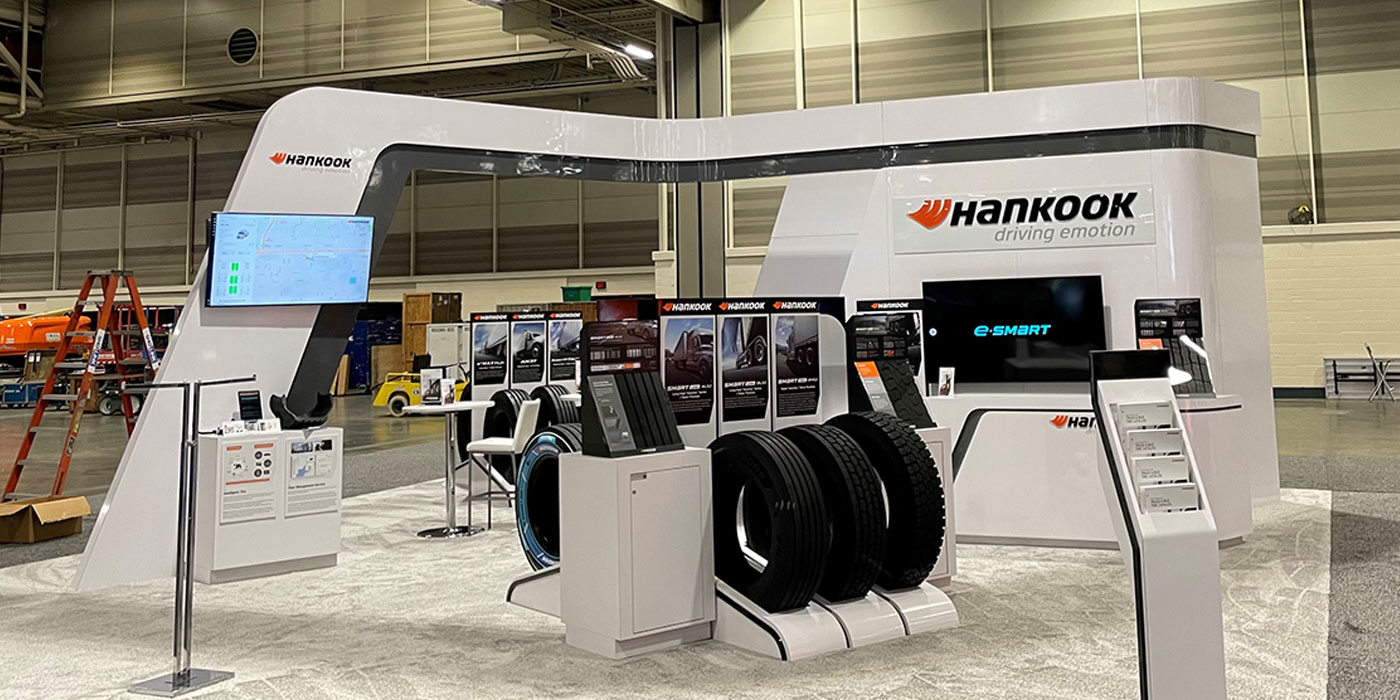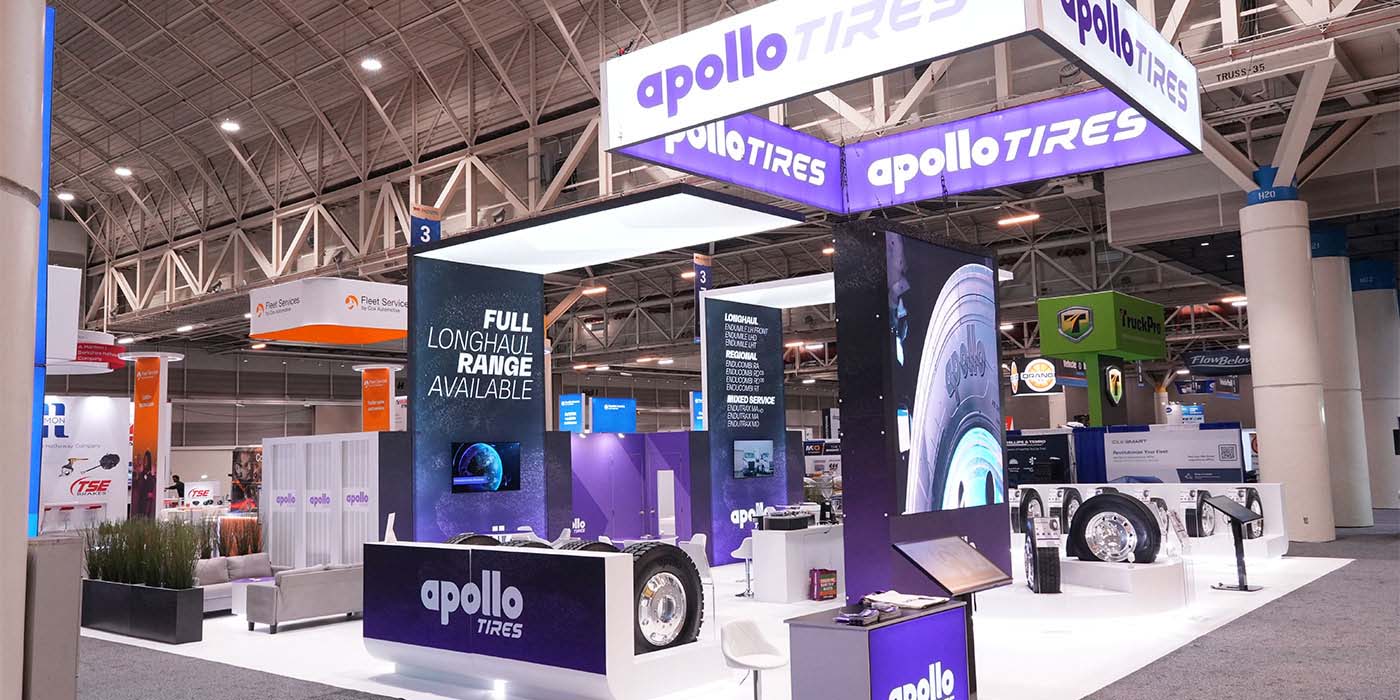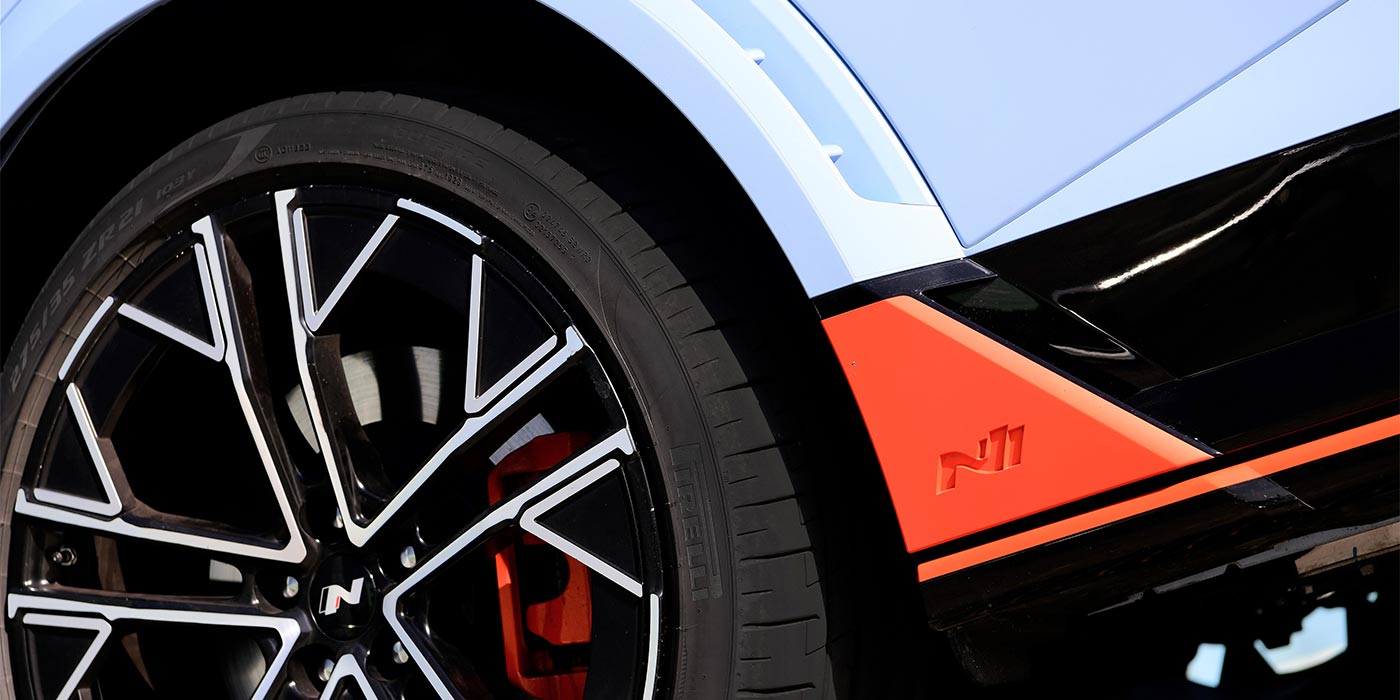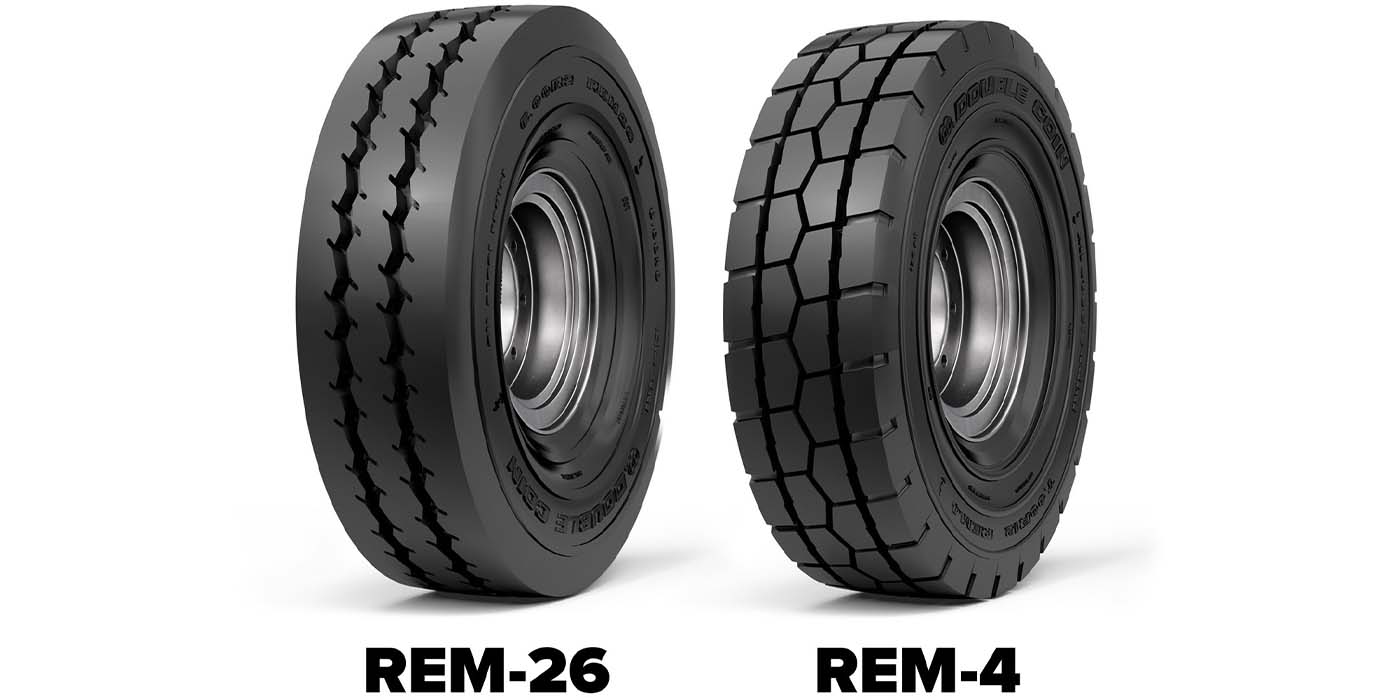Commercial truck fleets understand how important it is to their fleet’s bottom line when it comes to choosing the proper tires for each of their specific service vocations. Fleets also are evaluating their servicing tire dealer network on a regular basis.
In many cases, a fleet’s tire service provider also is the dealer they rely on for choosing the best tires options for their steer, drive and trailer wheel positions.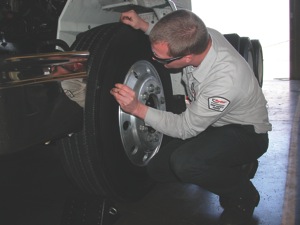
Fleets want to deal with tire dealerships that are staffed by educated salesmen fully knowledgeable when it comes to which commercial tires will be the best overall compromise between performance and value. Fleets do not necessarily purchase the lowest priced tires; they are looking at overall cost/mile factors, including service and multiple retreads.
The fleet maintenance director is the primary decision maker and point person working with the tire supplier. Ask any fleet maintenance director about why they prefer working with a particular dealer and their answer will be something like this:
“They have been my guys for 15 years. They get me all of the tire and wheel technical information that I need, and they are straight-shooters and work only with the facts. They aren’t locked into any one specific tire make and model. We make decisions together on what is the best tire for my operation. Just because Tire A is a big success at the fleet down the street does not necessarily mean it will perform the same for my operations and my vehicles. Since ABC has been around for so many years, they know and understand my operation. And when I do have a tire issue, they simply handle it. If they don’t have the answer, they have easy access to the technical experts from various tire manufacturers.”
Calculating Costs
The concept of total cost per mile and treadwear measured in miles per 32nd is important for your fleet customers to understand. A specific drive tire with 30/32-inch initial tread depth for a line haul application may cost $400 brand new. If the pull point for the fleet is 6/32-inch, there is 24/32-inch of useable tread. If the average removal mileage is 300,000 miles, then the math becomes easy. The miles/32nd of treadwear is 300,000/24 = 12,500. The cost/mile calculation is $400/300,000 = $0.0013.
When the fleet has a good tire maintenance program and maintains proper air pressure, they may be able to retread the casing two times. As a retread, the tire will typically be retreaded with a lower tread depth design to minimize the casing heat buildup. A 24/32-inch tread design is common for retread drive tires. So what is that retread’s cost/mile and miles/32nd calculation?
Let’s assume again that the pull point is 6/32-inch and the retread costs $200. This calculates out to 18/32-in. useable tread for this retread with average removal miles of 200,000. The miles/32 treadwear calculation would be 200,000/18 = 11,111. The result is about a 10% faster wear rate vs. the new tire. The cost/mile of the first retread is $200/200,000 = $.0010. Even though the miles/32nd is lower with the retread, the cost was only half the price of the new tire.
Now assume that the same casing was retreaded a second time and that retread had the same mileage and cost as the first. From a fleet perspective, the total cost/mile calculation would be $400+$200+$200/700,000 miles = $0.0011
Service Info Communication
Fleets are looking at consistency from their tire service providers. Many trucking companies send their vehicles all across the country. Tire-related roadside service calls are the number one issue for fleets, therefore they must be sure that when their trucks and trailers require an emergency roadside service call, there are providers in their network that can promptly repair or replace a tire if so required. And, of course, provide the appropriate information back to the fleet.
Fleets want to know which specific tire/wheel position had the issue and the nature of the problem. This type of data will allow the fleet to address the issue and help reduce these types of calls in the future.
If the right rear outside trailer tire is the big culprit because of sidewall snags, this tells the fleet maintenance director that they may have a driver education issue that needs to be addressed. Drivers hitting every curb when they make a right turn is clearly an educational issue. Sometimes the solution is as simple as driver incentives for having the fewest tire roadside service calls.
Tire service providers that can provide the right data to fleets on a timely basis offer a big advantage. Fleets make decisions on tires and tire maintenance programs based on real data and facts.
Providing data on tire removal miles is not that difficult. If you track the date a tire first went into service and the date it came out of service, and compare that to actual road miles between the two dates, you can quickly calculate the actual tire removal mileage.
Another valuable piece of data for fleets is why the tire came out of service. Did the tire have irregular wear or was it a repair failure? Maybe there was a flat spot due to a brake skid? Sometimes the tire may have been removed prematurely because its sister dual tire ran over a puncturing object and the service provider replaced both duals with new tires. And, of course, the tire may have been removed because it was just worn to the legal limit.
Tire dealers who can offer this type of information provide a valuable service to the fleets and usually lock them into a long-term relationship – a win-win scenario for all.
Another excellent value-added tool that tire dealers can bring to the party is to provide Tires 101 training on a regular basis to drivers, fleet managers and service techs that service tires and wheel-ends. Educating them on how to inspect tires and identify potential tire and wheel issues early on can save the fleet big dollars. If a driver is trained to spot, for example, inside shoulder wear on both steer tires before it got too severe, a simple alignment would probably correct the problem and eliminate the need to prematurely remove the tires.
Tire pressure gauge education also should be included in your Tires 101 class. Maintaining the recommended pressure is critical to maximize fuel economy and tire removal mileage, so checking tires on a regular basis using a calibrated pressure gauge is very important.
Most drivers and service techs have no idea that these common stick gauges are not very accurate and need to be calibrated on a regular basis. Dropping a stick gauge on the hard concrete floor even a few times can dramatically affect the pressure gauge accuracy.
Keeping the lines of communication open on an ongoing basis with your fleet customers – while providing tire data that allows fleets to make good business decisions about their tire program – will ensure a healthy continuing relationship.

